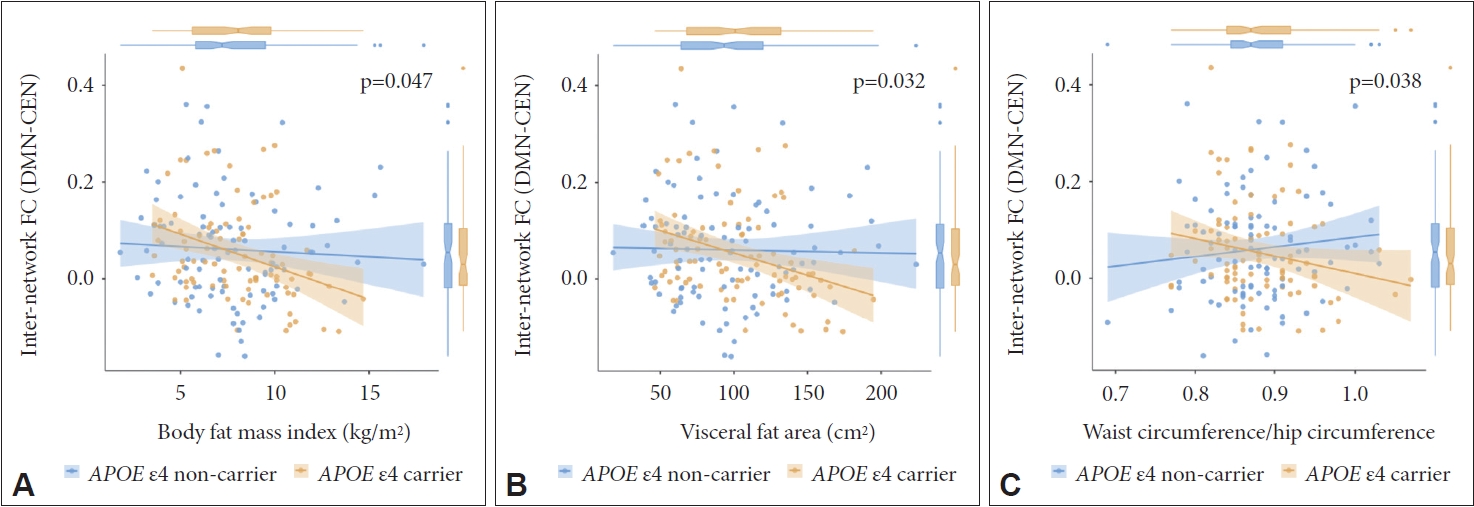 |
 |
- Search
| Psychiatry Investig > Volume 20(12); 2023 > Article |
|
Abstract
Objective
Methods
Results
Supplementary Materials
Supplementary Table 1.
Supplementary Table 2.
Supplementary Table 3.
Supplementary Table 4.
Notes
Availability of Data and Material
The datasets generated or analyzed during the current study are not publicly available due to the Patient Data Management Protocol of Yeouido St. Mary’s Hospital but are available from the corresponding author on reasonable request.
Conflicts of Interest
Yoo Hyun Um and Hyun Kook Lim, a contributing editor of the Psychiatry Investigation, were not involved in the editorial evaluation or decision to publish this article. All remaining authors have declared no conflicts of interest.
Author Contributions
Conceptualization: In Hyeok Choi, Chang Uk Lee, Hyun Kook Lim, Dong Woo Kang. Data curation: In Hyeok Choi, Sheng-Min Wang. Formal analysis: In Hyeok Choi. Funding acquisition: Dong Woo Kang. Investigation: Yoo Hyun Um. Methodology: In Hyeok Choi, Sheng-Min Wang, Dong Woo Kang. Project administration: Dong Woo Kang. Software: Yoo Hyun Um. Supervision: Chang Uk Lee, Hyun Kook Lim, Dong Woo Kang. Visualization: In Hyeok Choi. Writing‚ÄĒoriginal draft: In Hyeok Choi. Writing‚ÄĒreview & editing: Sheng-Min Wang, Dong Woo Kang.
Funding Statement
This research was supported by Basic Science Research Program through the National Research Foundation of Korea (NRF) funded by the Ministry of Education (2022R1I1A1A01053710).
Figure 1.

Table 1.
Values are presented as mean¬Īstandard deviation or number (%).
APOE, apolipoprotein E; SUVRPONS, standardized uptake value ratios of [18F]flutemetamol (FMM), using pons as a reference region; MMSE-K, the Korean version of Mini Mental Status Examination; CERAD-K, Consortium to Establish a Registry for Alzheimer’s Disease Assessment Packet; TM, Total Memory; VF, Verbal Fluency; BNT, Boston Naming Test; CP, Constructional Praxis; CR, Constructional Recall; TMT, Trail Making Test; BMI, body mass index; SMI, skeletal muscle index; BFMI, Body fat mass index
REFERENCES







